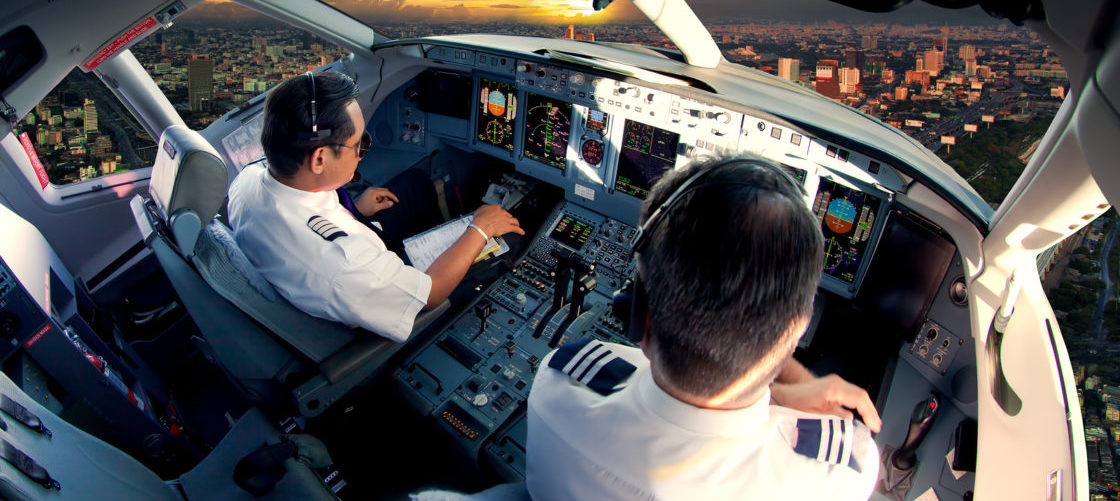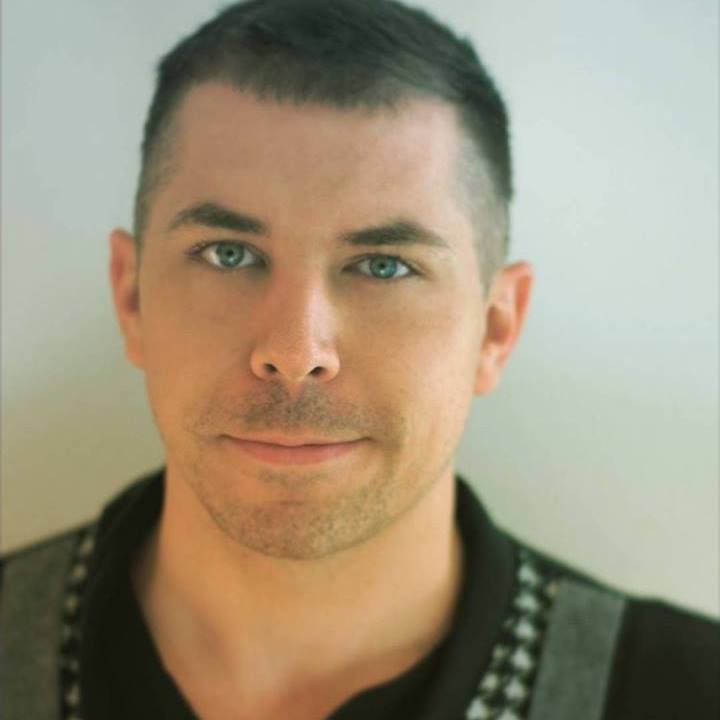You need a certain mindset to be an aviator. Flying is much more complicated than driving a car. And that’s especially true if you’re flying a commercial airliner with more than 200 passengers. Safety is paramount, and that means following protocols and handling pressure — especially if there’s a sudden emergency.
 Mick Aspinall has been familiar with this mindset his entire adult life. He internalized it while serving as an Air Force combat airlift pilot and carried it into his career as a commercial airline pilot. There’s much more to flying than the technical skills of manipulating controls and the physics of safely landing a plane. Following protocols, strong communication and working as a team are crucial to avoiding deadly mistakes.
Mick Aspinall has been familiar with this mindset his entire adult life. He internalized it while serving as an Air Force combat airlift pilot and carried it into his career as a commercial airline pilot. There’s much more to flying than the technical skills of manipulating controls and the physics of safely landing a plane. Following protocols, strong communication and working as a team are crucial to avoiding deadly mistakes.
Mick knows these soft skills so well, he teaches them to young aviators who are just beginning their careers.
“For the past 15 years I’ve been teaching, coaching and mentoring pilots and other air crew on the ‘human’ side of aviation,” says Mick. “It’s time that other industries had the benefit of what the high performance aviation world has learned.”
When mistakes kill
A 2016 study by Johns Hopkins determined that medical error is the third leading cause of death in the US. Medical error claims more than 250,000 lives per year.
“Top-ranked causes of death as reported by the CDC inform our country’s research funding and public health priorities,” says Martin Makary, M.D., M.P.H., professor of surgery at the Johns Hopkins University School of Medicine. The epidemic of deaths by medical error has gone almost completely unnoticed until recently — except for the people who have lost loved ones.
Dr. Makary says, “Unwarranted variation is endemic in health care. Developing consensus protocols that streamline the delivery of medicine and reduce variability can improve quality and lower costs in health care. More research on preventing medical errors from occurring is needed to address the problem.”
When Mick became aware of this, he realized not only was the epidemic something that needed to be changed — but that he could help.
If medicine can go on the journey that aviation has been on, many thousands of lives can be saved.
The path to perfection
When medical mistakes happen, there aren’t news stories and headlines. The mistakes occur in a very wide range of scale. There are simple misdiagnosis that can be corrected by getting a second opinion. Or an error can be as severe as injuring someone for the rest of their lives or even killing them.
 Mistakes in aviation, however, are hard to miss. When a crash landing or explosion occurs, you can’t miss the news.
Mistakes in aviation, however, are hard to miss. When a crash landing or explosion occurs, you can’t miss the news.
“Aviation has been on a journey,” Mick says. “Back in the 1970s, the airline industry was killing people by the hundreds. After a number of high-profile, major accidents, it was the wake up call for the airline industry, and it’s been working at preventing these types of things for over 40 years by developing these new protocols, these new soft skills and mindsets. Now the number of accidents is almost to zero.”
The path to this near-perfection has involved decades of honing and instilling clear communication, team building, smart decision-making, and more. And as it turns out, the soft skills that keep planes flying safely through the air can keep patients safe on the operating table. It can even help improve diagnoses.
“The work I’m doing is leveraging the hard won lessons that aviation has learned over the last 40 years, and apply them to the medical industry, an industry that has many parallels with aviation,” says Mick. “If medicine can go on the journey that aviation has been on, many thousands of lives can be saved.”
I’m looking to create a new normal in the world where medical error is not claiming our loved ones unnecessarily…
Changing the paradigm
Each one of the 250,000 people affected by misdiagnosis or medical error belongs to a family and has friends who are affected as well. Add to that the hundreds of thousands more who are non-fatally injured or otherwise adversely affected by medical accidents.
 Being a pilot is one of the most sensitive high performance situations anyone can be in. And the soft skills required to not only survive, but optimally operate, can help save lives in other high-risk industries as well. Mick has taken all the techniques, tactics and procedures he’s learned through the years and distilled them down to their principles. And he’s applying his blueprint to the medical industry.
Being a pilot is one of the most sensitive high performance situations anyone can be in. And the soft skills required to not only survive, but optimally operate, can help save lives in other high-risk industries as well. Mick has taken all the techniques, tactics and procedures he’s learned through the years and distilled them down to their principles. And he’s applying his blueprint to the medical industry.
“I’m looking to create a new normal in the world where medical error is not claiming our loved ones unnecessarily, where hospitals are the safest places they can be, and where medical professionals are equipped with the techniques, tactics and procedures they need to leverage the human factor as part of the solution,” says Mick.
The High Performance Blueprint
Mick has conducted a handful of workshops with medical professionals around Australia. And he has set his sights on North America next. The experiences so far have been transformative. Now he sees a whole new realm of potential for his work.
“This kind of training would be such an asset in any industry that has the profile of being unforgiving of carelessness, incapacity or neglect,” explains Mick. “Industries like mining, or that involve complex industrial processes, control rooms, nuclear power plants — these are all possibilities to where these types of training programs can extend.”
But even industries that demand making high-pressure quick decisions could massively benefit from these high performance protocols. Mick could see this working on Wall Street.
Beyond minimizing life and death stakes of the medical industry, aviation soft skills have the power to transform the entire world.
Correction: This post originally stated that Mick Aspinall was fighter pilot. He was an Air Force combat airlift pilot. The post has been updated to reflect this.
The views and opinions expressed are those of the guest author and do not necessarily reflect the views and opinions of MindShift.money.
image credit: Bigstock/Alexey Petrov

